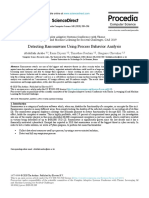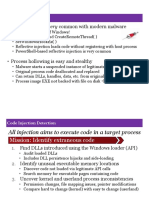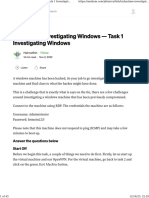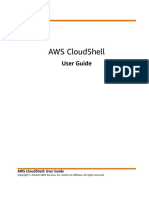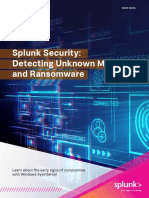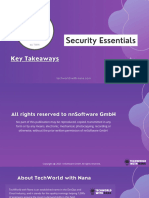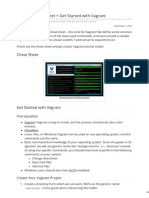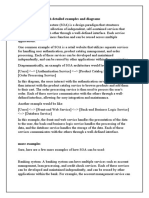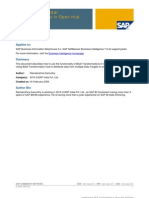0% found this document useful (0 votes)
160 views22 pagesBuffer Overflow
The document provides instructions for exploiting buffer overflows on Linux systems using techniques like ret2libc and controlling the instruction pointer. It discusses finding addresses of functions like system(), /bin/sh, and exit using tools like gdb, generating payloads, and getting a shell. The summary also touches on exploiting without ASLR/protections by overwriting EIP and jumping to shellcode, and controlling global variables using buffer overflows to bypass authentication.
Uploaded by
Kövecs IldikóCopyright
© © All Rights Reserved
We take content rights seriously. If you suspect this is your content, claim it here.
Available Formats
Download as PDF, TXT or read online on Scribd
0% found this document useful (0 votes)
160 views22 pagesBuffer Overflow
The document provides instructions for exploiting buffer overflows on Linux systems using techniques like ret2libc and controlling the instruction pointer. It discusses finding addresses of functions like system(), /bin/sh, and exit using tools like gdb, generating payloads, and getting a shell. The summary also touches on exploiting without ASLR/protections by overwriting EIP and jumping to shellcode, and controlling global variables using buffer overflows to bypass authentication.
Uploaded by
Kövecs IldikóCopyright
© © All Rights Reserved
We take content rights seriously. If you suspect this is your content, claim it here.
Available Formats
Download as PDF, TXT or read online on Scribd
/ 22







